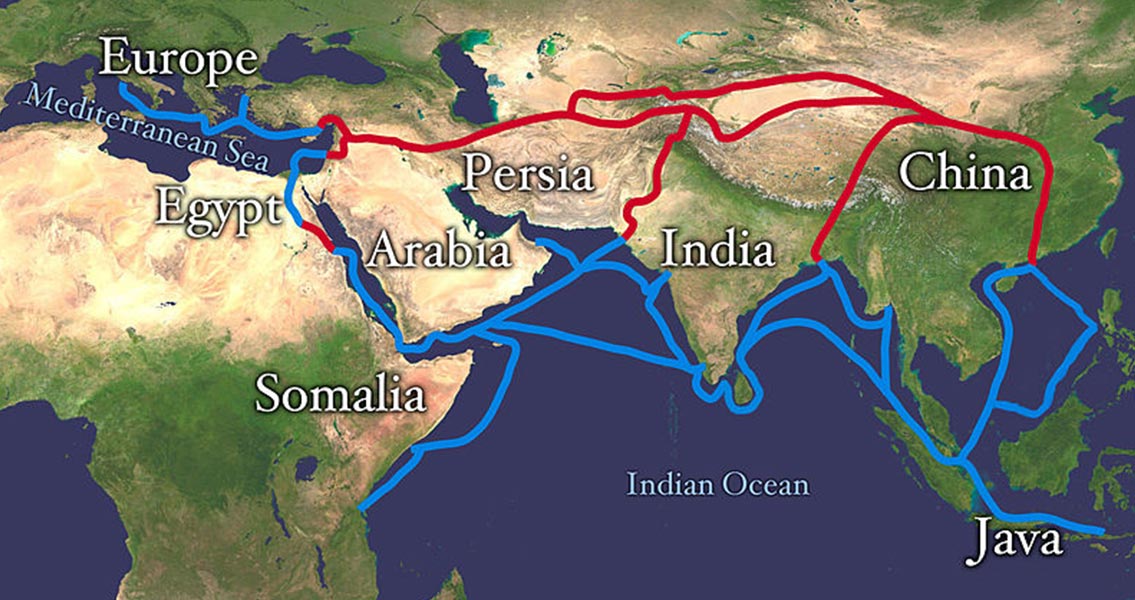<![CDATA[A 1,700 year old cemetery on the Silk Road has just been revealed. The cemetery was found in the city of Kucha, located in present-day northwest China. Ten well-preserved tombs were excavated in all, seven of which are large brick buildings. The city of Kucha was of particular importance in the protection of the Western Frontiers of China. Control of the area was vital for China's rulers as the Silk Road, the main trade artery between China and Western Europe, passed through the Western Frontiers. Kucha, called Qiuci at the time, was a powerful city state located on the branch of the Silk Road running along the northern edge of the Taklamakan Desert. Kucha was the most populous oasis in the area and its significance was made plain in an ancient saying, "if you have Kucha, only one percent of the states in the Western Frontiers remain unsubmissive." One of the tombs is particularly elaborate, consisting of a burial mound, ramp, sealed gate, tomb entrance, screen walls, passage, burial chamber and side chamber. It also contains carvings of mythical creatures which represent different seasons and parts of the heavens. For ancient Chinese astronomers, the sky was divided into four sections; the White Tiger of the West, the Vermillion Bird of the South, the Black Turtle of the North, and the Azure Dragon of the East, these were known as the 'Four Symbols'. The four sections contained seven mansions, and the combined 28 mansions can be seen as equivalent to the zodiacal constellations. The division of the sky enabled the ancient Chinese to mark the travelling positions of celestial objects and determine the time and seasons. As well as their astronomical significance, the Four Symbols are each surrounded by various mythological associations. Astronomy and mythology coexisted for the ancient Chinese, fusing art and science together. By studying the mythological creatures depicted on the tomb, the team have been able to learn about what the ancient Chinese understood, and how they explained the world they lived in. The archaeological team led by Zhiyong Yu, director of the Xinjiang Archaeological Institute, published their findings in the Chinese journal Wenwu. The discovery has just been made known to the English-speaking world after it was translated and published in Chinese Cultural Relics. The publication of the team's findings in English means that a wider audience now have access to the findings. Who is buried in the cemetery remains a mystery. The tombs have been robbed in the past and there are no written clues as to who is interred. Upon closer examination of the skeletal remains, the team discovered that the tombs had been used several times. Some of them contained more than ten occupants, "repeated multiple burials warrant further study," the archaeologists wrote. Despite not knowing precisely who was placed in the tombs, researchers have commented that they were probably intended for wealthy individuals. The size and complexity of some of them certainly imply a large degree of wealth, especially when the importance of Kucha as an ancient frontier city is also taken into account.]]>
Ancient Silk Road Cemetery Contains Mythical Carvings
